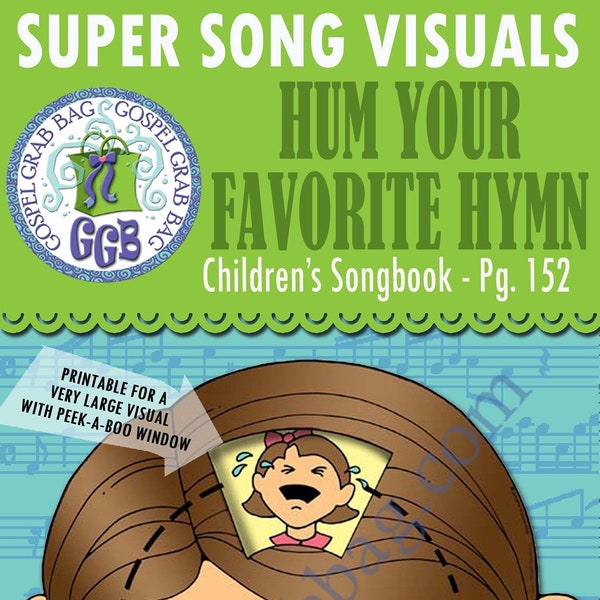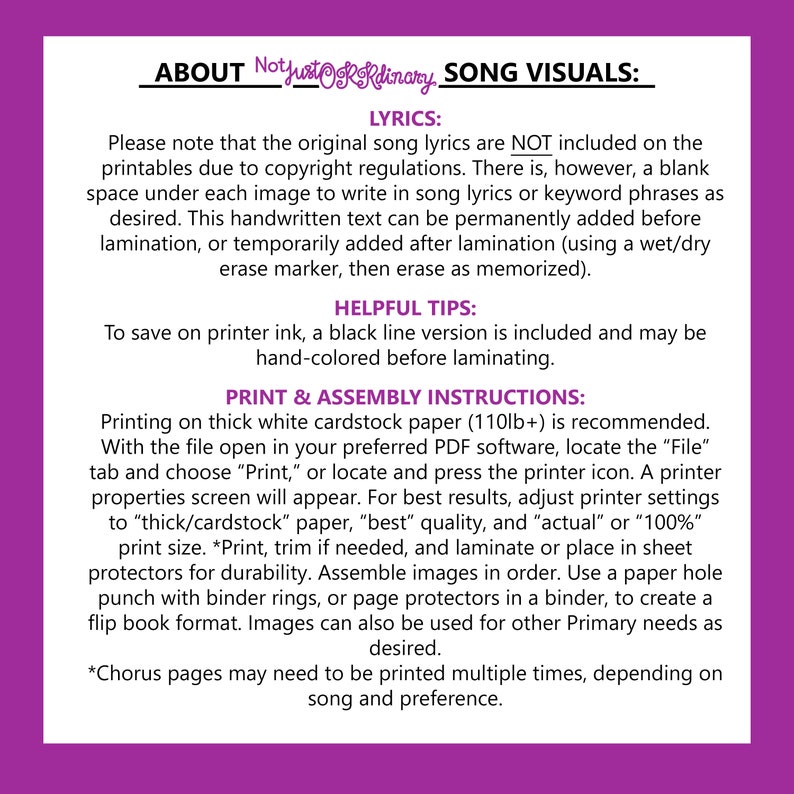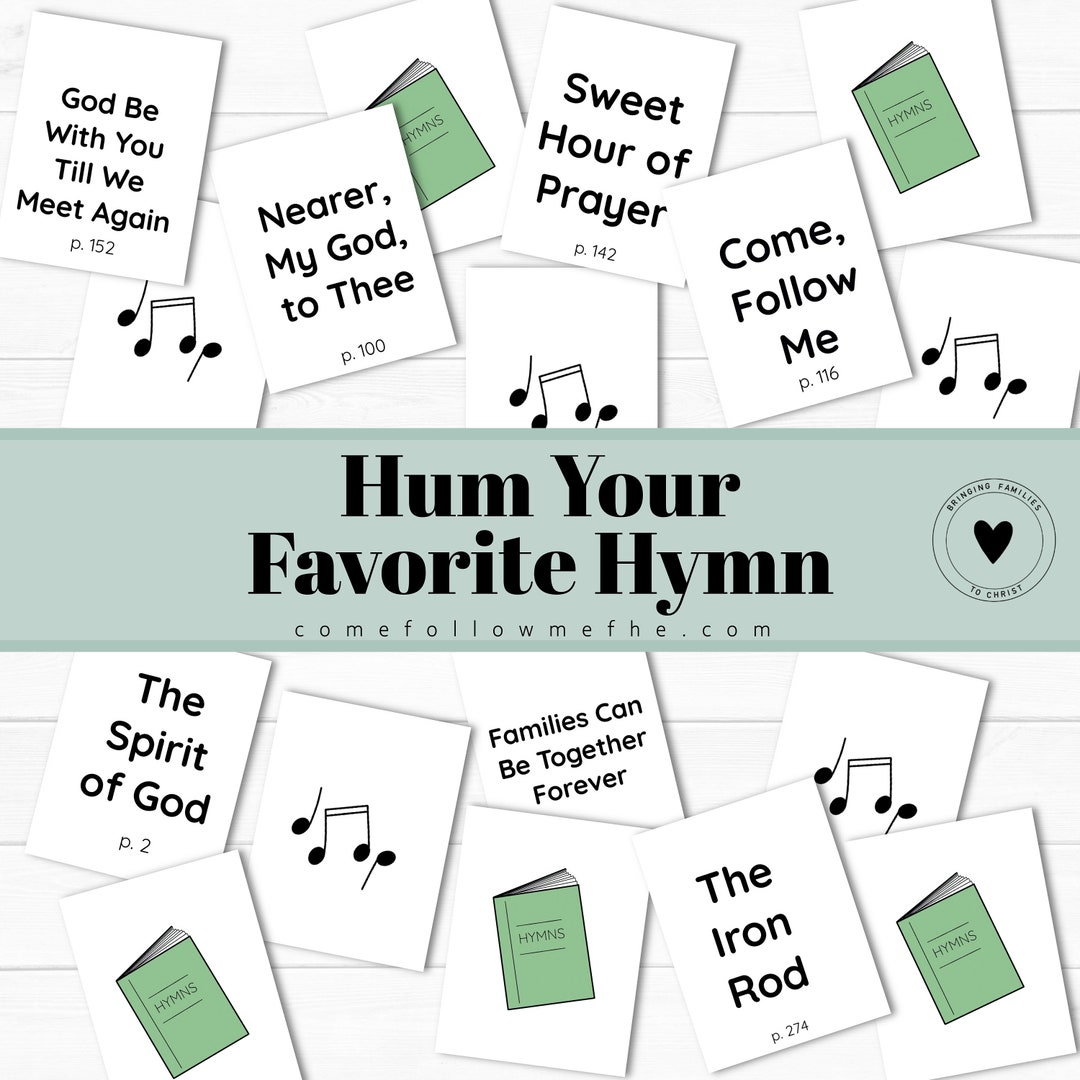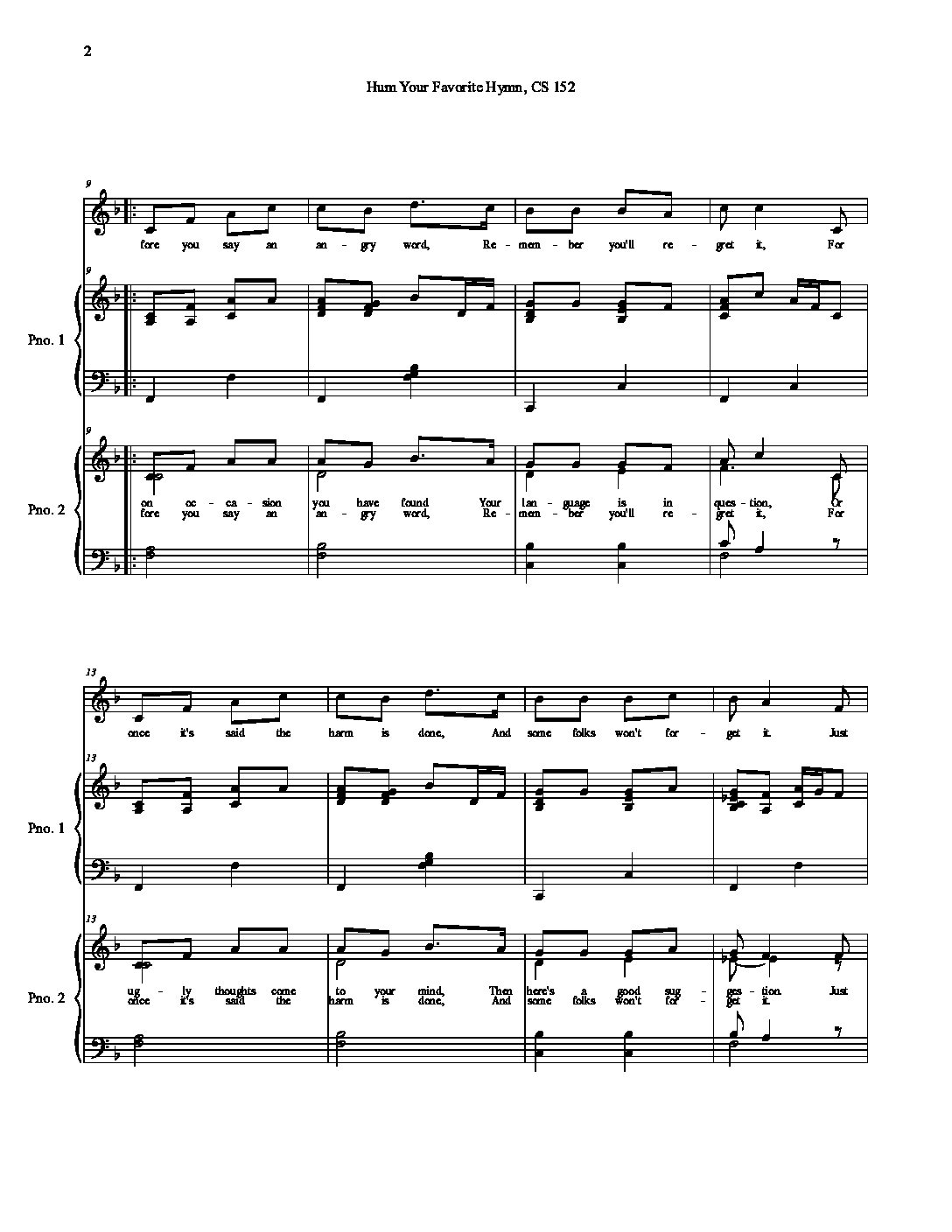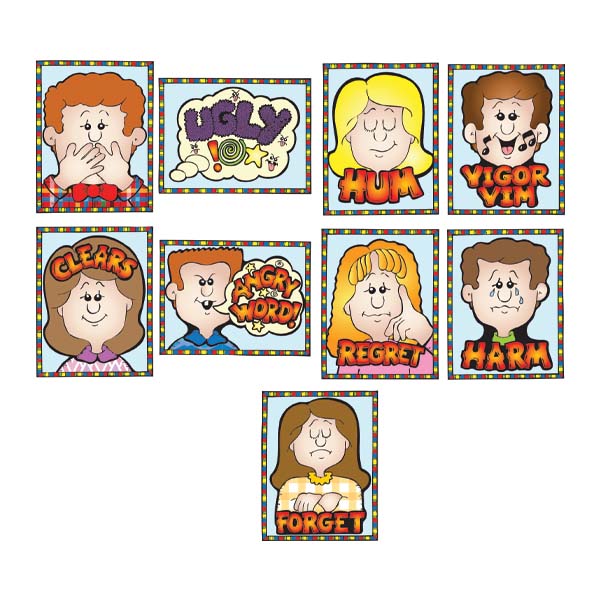Hum Your Favorite Hymn Primary Song
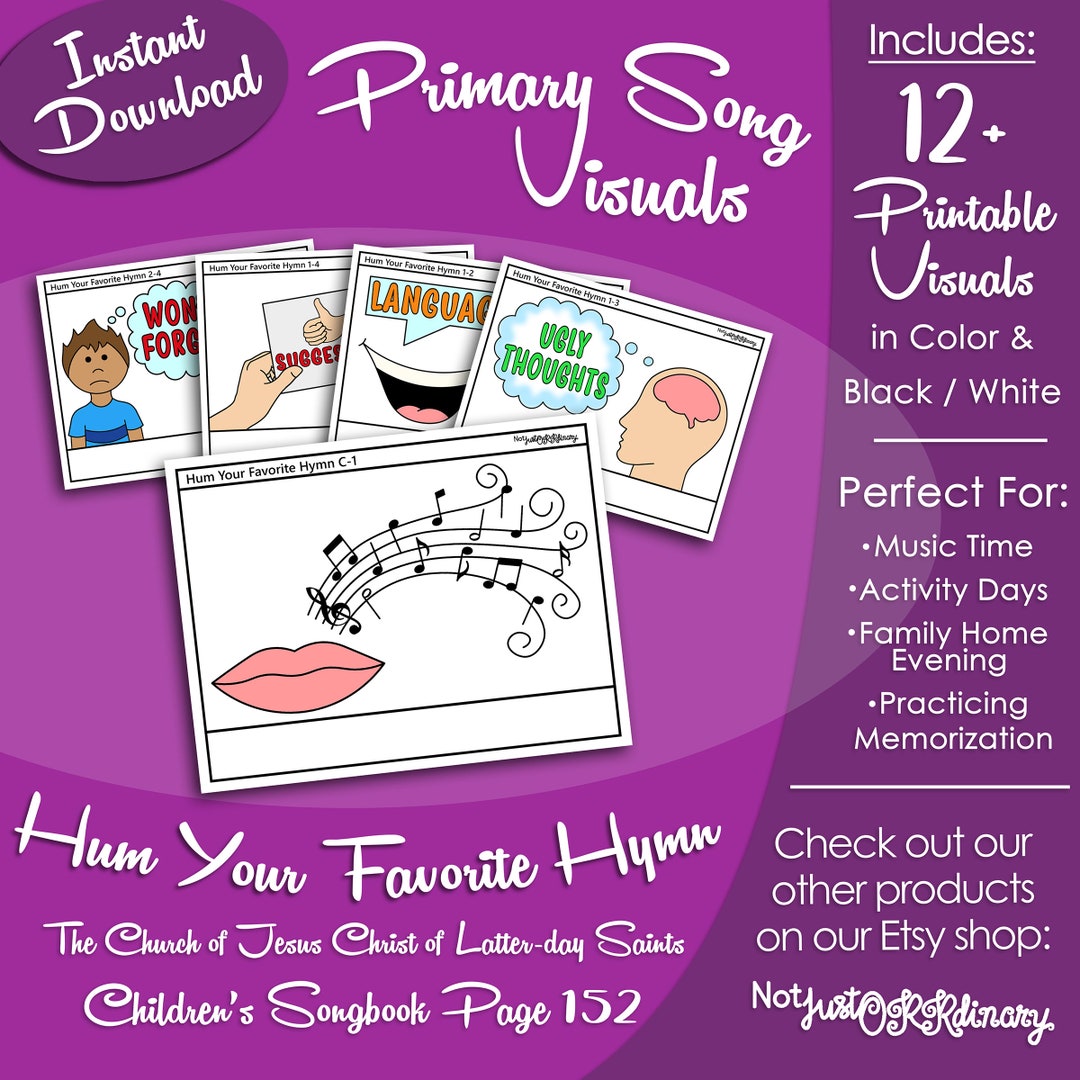
The reverberating echoes of childhood hymns and primary songs, once cornerstones of faith and community, are facing an unsettling decline in familiarity among younger generations. This gradual fading of shared musical heritage raises concerns about the continuity of cultural and religious identity, prompting leaders and members to explore strategies for revitalization.
At the heart of this issue lies a multifaceted challenge: how to bridge the gap between tradition and modernity in a way that resonates with today's youth. This article delves into the factors contributing to this shift, examines the potential consequences, and explores the innovative approaches being considered to ensure that these cherished melodies continue to inspire and unite communities for generations to come. The core question is: can these songs, deeply embedded in history, find relevance in a rapidly changing world?
The Shifting Landscape of Religious Music
Several factors contribute to the diminishing familiarity with traditional hymns and primary songs. The rise of contemporary Christian music, with its modern instrumentation and relatable themes, has undeniably captured the attention of younger audiences. This shift is reflected in church services and family gatherings, where modern songs are increasingly favored.
Furthermore, the secularization of society and the decline in religious observance in many communities have played a role. Children are less exposed to religious music in their daily lives, both at home and in public spaces. This lack of exposure makes it difficult for them to develop an appreciation for, or even a basic awareness of, traditional hymns and primary songs.
The data reflecting this trend is largely anecdotal, but confirmed through internal surveys. Some organizations tracking religious engagement are recording a decrease in the participation with organized hymn sings and events built around classic religious tunes.
Consequences of Disconnection
The potential consequences of losing touch with these musical traditions are significant. Hymns and primary songs often serve as powerful vehicles for transmitting religious doctrines, moral values, and historical narratives. When these songs fade from collective memory, so too does a vital link to the past and a shared understanding of faith.
Moreover, these songs foster a sense of community and belonging. Singing together creates a powerful bond, reinforcing shared beliefs and experiences. The erosion of this shared musical heritage could lead to increased fragmentation and a weakened sense of collective identity within religious communities.
Dr. Eleanor Vance, a professor of religious studies at the University of Crestwood, emphasizes the importance of music in shaping cultural identity. "Music is more than just entertainment; it's a powerful tool for transmitting values and creating a sense of belonging," she states. "When we lose our connection to traditional hymns, we risk losing a valuable part of our cultural heritage."
Strategies for Revitalization
Recognizing the importance of preserving these musical traditions, various initiatives are underway to revitalize interest in hymns and primary songs. Some organizations are creating modern arrangements of classic hymns, incorporating contemporary instrumentation and rhythms to appeal to younger audiences. These adaptions hope to bridge the gap.
Others are focusing on educational programs designed to introduce children to the history and meaning of these songs. These programs often utilize interactive activities, such as singing games and storytelling, to make learning fun and engaging. The Church of Latter-day Saints, for example, uses digital resources and interactive programs to teach primary songs to children worldwide.
Another approach involves integrating hymns and primary songs into contemporary worship services. This can be achieved by featuring instrumental versions of these songs, incorporating them into prayers and readings, or encouraging congregations to sing them alongside modern songs.
The Role of Technology
Technology plays a crucial role in the revitalization efforts. Online platforms provide access to a vast library of hymns and primary songs, making it easier for individuals to learn and sing them. Apps and websites also offer sheet music, lyrics, and instrumental accompaniments, allowing individuals to practice and perform these songs at their own pace.
Furthermore, social media platforms can be used to share performances of hymns and primary songs, creating a sense of community and encouraging others to participate. #HymnHavorites, a popular hashtag, demonstrates the power of social media in connecting individuals through shared musical experiences. This encourages a connection to the past through technology.
A Balanced Approach
Bishop Michael Harding of the Anglican Diocese of York, cautions against abandoning tradition altogether. "While it's important to embrace modernity and make our services accessible to younger generations, we must also preserve the richness and depth of our traditional hymns," he says. He suggests a balanced approach.
Finding that balance – incorporating both modern and traditional music into worship – is key to ensuring that these cherished songs continue to resonate with all members of the community. It's about celebrating the past while embracing the future.
Looking Ahead
The future of hymns and primary songs depends on the collective efforts of religious leaders, educators, and community members. By embracing innovative strategies and fostering a renewed appreciation for these musical traditions, it is possible to ensure that they continue to inspire and unite communities for generations to come. It is an ongoing process to protect musical traditions.
Ultimately, the goal is not simply to preserve the songs themselves, but to preserve the values and beliefs they represent. By keeping these melodies alive, we ensure that a vital part of our cultural and religious heritage remains relevant and meaningful in a rapidly changing world. The hope is to keep the melodies alive.



